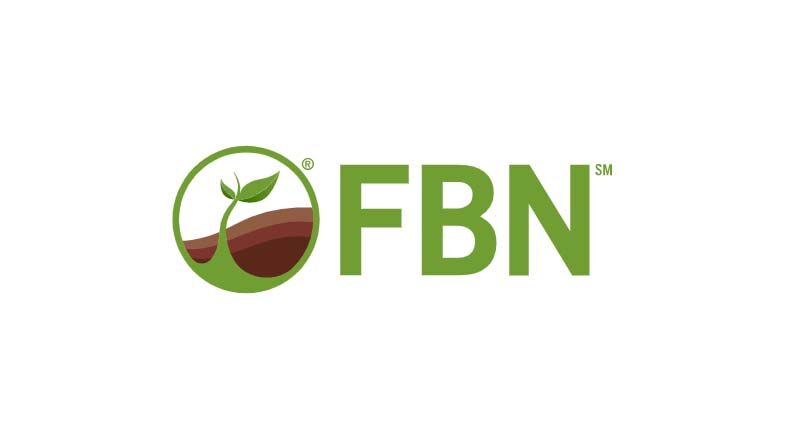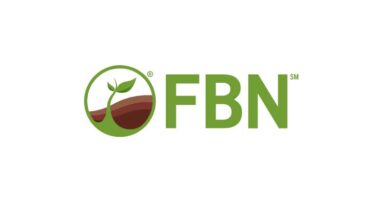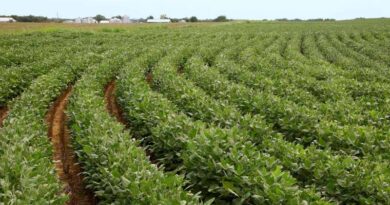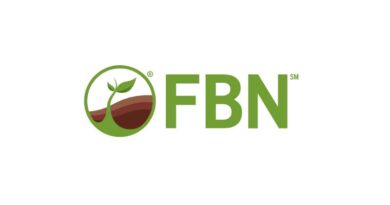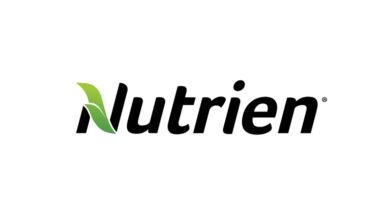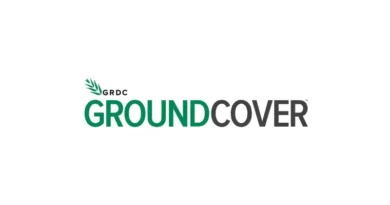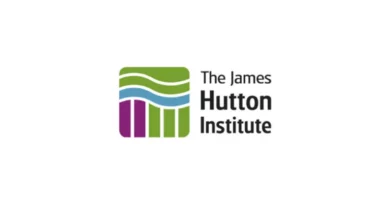Fall 2022 Fertilizer Transparency Report
13 October 2022, EU: With fertilizer values reaching record highs in the last year, it’s important to bring transparency to our members around the costs that affect your operation. That’s why we’re releasing a free new FBN® report around fertilizer price transparency.
While grain prices helped create a demand surge in 2021, they’ve continued to stay elevated due to the Russia-Ukraine conflict.
With fall harvest wrapping up, many farmers will start looking at fertilizer applications. And while prices have fallen since the highs of early 2022, there is an indication that with stronger farmer demand, prices may once again rise. With fertilizer markets continuing to adjust to the global calculus of costs and trade disruptions, farmers will continue to face significant risks around fertilizer values with local retailers.
[Learn more about how fertilizer values are fluctuating in our recent FBN Research report. Unlock the free report today.]
What it means for the farmer
With insights from the FBN Research Lab and Chief Economist Kevin McNew, our report will tackle some important questions on your mind such as:
- Will fertilizer prices normalize soon?
- Will natural gas prices stay high?
- How will the Russia-Ukraine conflict continue to disrupt world markets?
FBN conducted a survey of our own members to showcase the transparency around fertilizer values. For members who participated in our Fall 2022 Fertilizer Transparency Survey, you’ll be able to access a personalized report when you’re logged into your FBN account by visiting the Reports page.
Our report will help you identify the cost that you’re actually paying for fertilizer. You’ll be able to compare your cost with farmers in your local area, state and on a national level.
Introducing our Nitrogen Planning Tool
FBN also today introduced its new Nitrogen Planning Tool in the FBN app, offering U.S corn farmers a personalized nitrogen recommendation that considers fertilizer price, expected yield, and expected crop sale price.
This tool leverages data from 12 universities across the corn belt that have been running nitrogen tests across their states for more than 20 years to calculate the Maximum Return to Nitrogen (MRTN).
Also Read: Indian farmers are using less agrochemicals shows data for FY2021-22
(For Latest Agriculture News & Updates, follow Krishak Jagat on Google News)

